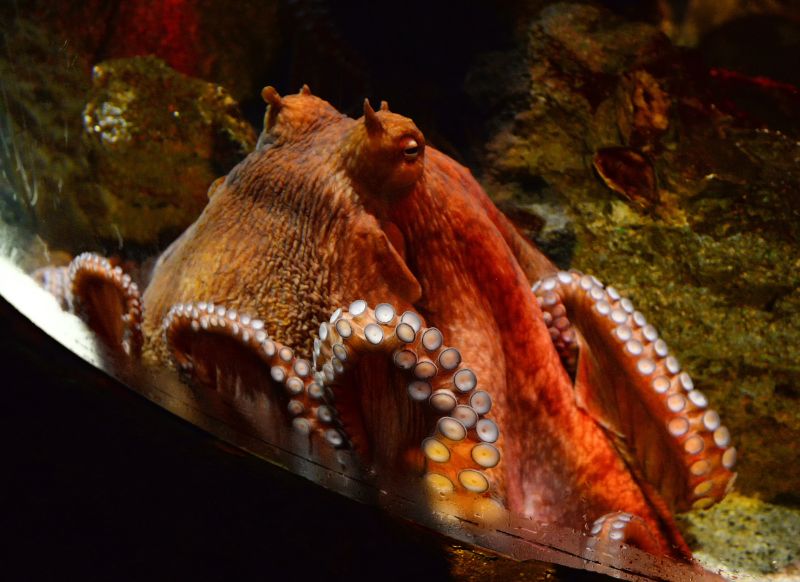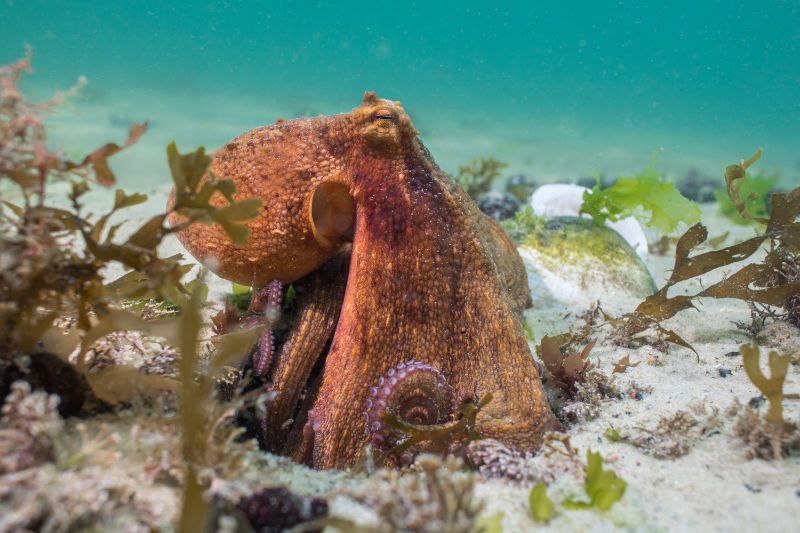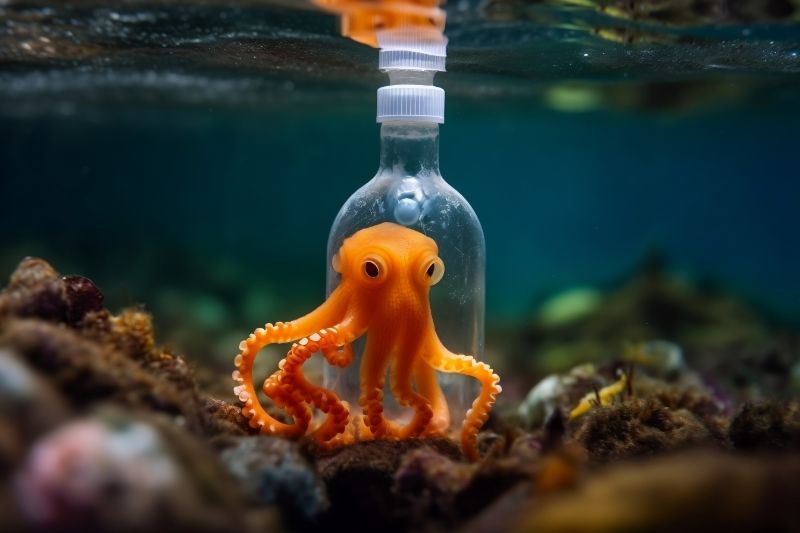10 Fascinating Facts About Having a Pet Octopus
Ever had the curious thought of hosting an octopus as a pet? It definitely piques interest and challenges the norm of typical household animals. However, pet-keeping reaches a whole new level when we’re talking about the stunning intelligence of a pet octopus. Let’s delve in and discover more!
Discovering Your Pet Octopus

Before imagining an octopus lazing in your living room, there are important factors to consider. Seeking a pet octopus can be quite the expedition, as typical pet shops rarely feature these unique creatures. Even if you’re lucky enough to spot one, identifying the species might pose an interesting challenge. The alternative? An online treasure hunt for your new squiggly friend!
Traveling Necessities
Yes, shipping an octopus is a sensitive procedure. Their preference? Peaceful ocean waves over shaky car rides or air turbulence!
The Perfect Home for your Pet Octopus

Say hello to your new star guest, the common octopus, reaching widths of 36 inches and weight averaging 22 lbs. Their expected living quarters would accordingly range in size, but a well-secured saltwater tank is a crucial starting point.
The Big Escape?
Yes, they’ve done it before! A prime example is the infamous escape of a two-spotted octopus at the Santa Monica Pier Aquarium in 2009. Reminiscent of their ocean peaks, an escape-proof lid is an absolute necessity for your pet octopus’s new abode. After all, we can’t have them exploring the apartment while you’re away, can we?
Designing a Befitting Octopus Habitat

Up next, designing a suitable corner of the ocean in your living room! The requisites for this include:
- Maturing the water to the right quality for oxygen, pH, and temperature
- Fine sand to mimic the ocean floor
- Smooth artificial corals and clean rocks for hiding
Just remember, all these essentials are aimed at creating a safe habitat without any sharp edges!
See Related: The Unique Charm of Owning a Pet Coyote: Discover the Wild Side of Domestication
Feeding your Pet Octopus

An important part of pet-keeping is knowing the right menu. While being an ocean gourmet with a food spread of crabs, snails, and even other octopuses in the wild, your pet octopus is going to prefer a similar diet at home too.
The Little Helpers
It’s common to add certain fish and snails to your aquarium to keep it neat and clean. However, in the eyes of your new pet octopus, these little helpers might just be on the dinner menu!
Considering the efforts, commitment, and resources involved, it does make one ponder— isn’t such a magnificent creature better off in the sprawling expanse of their natural ocean habitat? But if you’ve made up your mind about this extraordinary venture, each effort you make will be well worth the fascinating experience of having a pet octopus.
Related Resources: